Mastering the Perfect Natural Light for Real Estate Photography
For any real estate photographer, getting the perfect lighting is essential in creating stunning photographs. However, mastering the nuances of natural light can be a tricky endeavor. Knowing when to shoot and how to adjust for the time of day can make all the difference in capturing the best real estate photos. In this blog post, we’ll share tips and advice on how to master the perfect natural light for real estate photography. So read on!
Understanding the Importance of Natural Light in Real Estate Photography
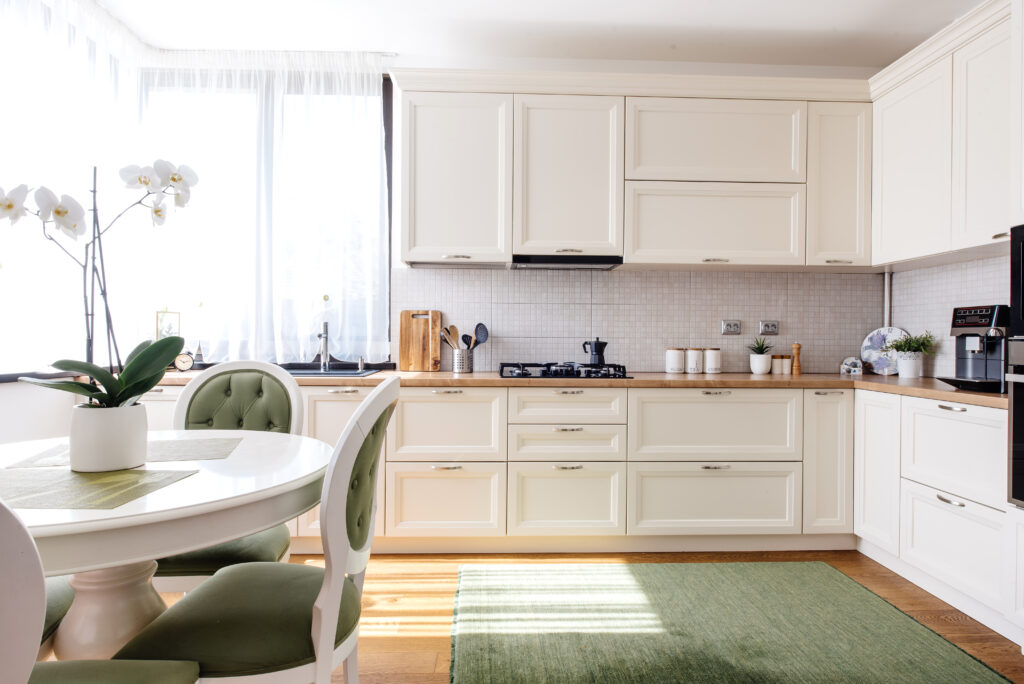
As a real estate photographer, understanding the importance of natural light is crucial in capturing stunning photographs that truly showcase a property’s potential. Natural light has a unique way of enhancing the features and creating an inviting atmosphere, making a huge impact on the overall look and feel of a space.
First and foremost, natural light brings out the true colors and details of a room. It adds depth, warmth, and authenticity that artificial lighting often cannot replicate. When potential buyers view the photos, they want to envision themselves living in the space, and natural light can make that experience more realistic and appealing.
Additionally, natural light can highlight architectural elements, such as beautiful windows, high ceilings, and unique design features. It can create interesting shadows and contrasts that add character to a photograph. By using natural light strategically, you can capture these details and make them stand out in your images.
Moreover, natural light has the power to evoke emotions and create a sense of ambiance. Soft morning light can give a cozy and tranquil vibe, while warm sunset light can create a romantic and inviting atmosphere. By understanding how to utilize natural light, you can convey these feelings and draw potential buyers into the property.
Factors to Consider When Shooting in Natural Light
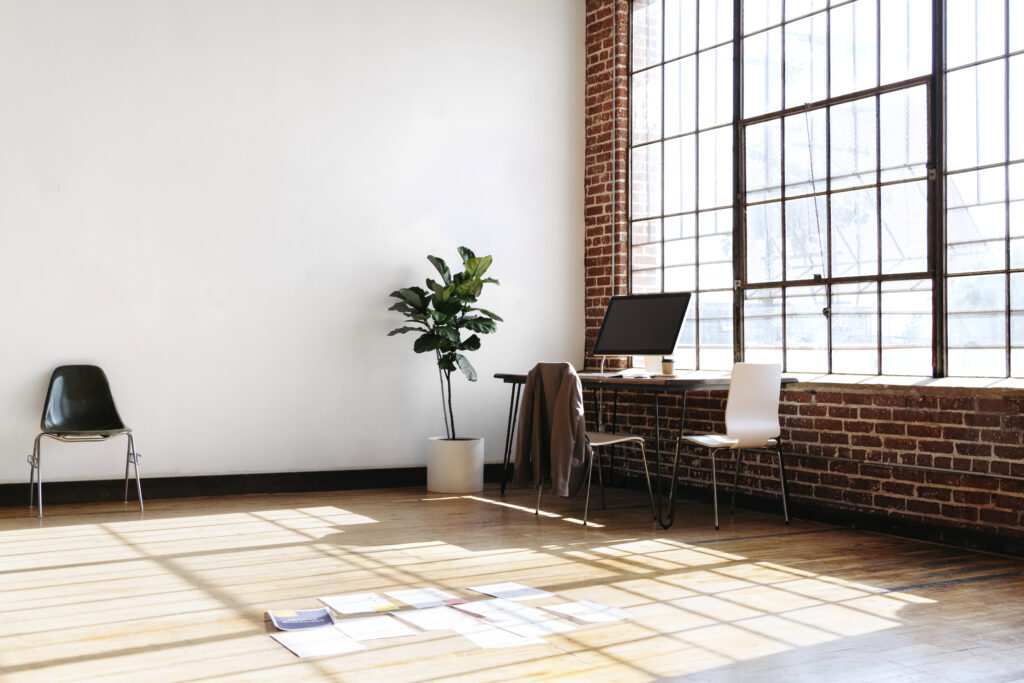
When shooting in natural light for real estate photography, there are several factors to consider that can greatly impact the quality of your photos.
One of the most important factors is the direction of light. The direction of light can create different effects and moods in your photos. For example, shooting with backlighting can create a soft and ethereal look, while shooting with sidelighting can create depth and dimension.
Another factor to consider is the intensity of light. Depending on the time of day and weather conditions, the intensity of natural light can vary greatly. This can affect the exposure and overall brightness of your photos. It’s important to pay attention to the intensity of light and adjust your camera settings accordingly.
Additionally, you should consider the color temperature of light. Different times of day and weather conditions can result in varying color temperatures, from warm golden tones to cool blue hues. Understanding how different color temperatures can affect the overall mood and ambiance of your photos can help you capture the desired look.
Lastly, take into account any potential obstructions or reflections that may interfere with your natural light source. Shadows from nearby buildings or trees, as well as unwanted reflections from windows or mirrors, can impact the clarity and composition of your photos. Pay attention to these factors and adjust your shooting position and angle as needed to ensure the best possible natural light for your real estate photos.
The Best Time of Day to Shoot Real Estate Photos
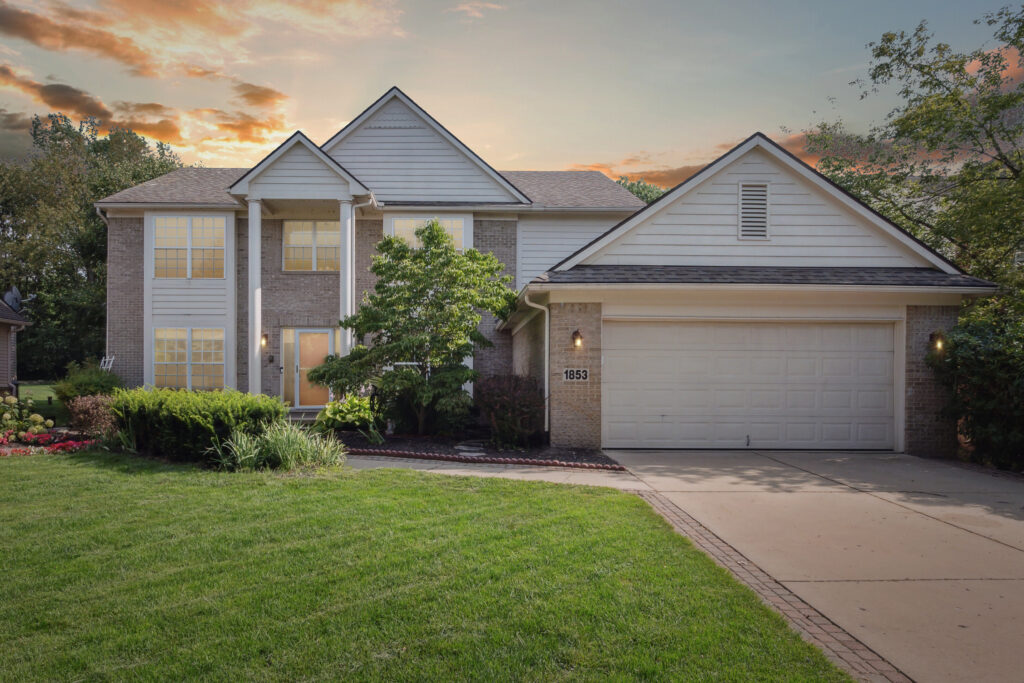
The best time of day to shoot real estate photos can greatly impact the overall quality and appeal of your images.
As a real estate photographer, you want to showcase the property in the best light possible (literally). The ideal time to shoot real estate photos is during the “golden hour,” which is the hour after sunrise and the hour before sunset. During this time, the sun is lower in the sky, creating soft, warm, and flattering light that can enhance the beauty of a space.
Shooting during the golden hour allows for a more balanced and even lighting, with fewer harsh shadows and highlights. It adds a natural glow to the property, making it look inviting and visually appealing. The warm tones and soft light during this time can also create a cozy and serene atmosphere in the photos, which is often desirable for potential buyers.
If shooting during the golden hour is not possible, aim for a time when the sun is not directly overhead, as this can cause harsh shadows and unflattering lighting conditions. Additionally, avoid shooting on cloudy or overcast days, as the light can appear flat and dull.
Remember, the best time to shoot real estate photos may vary depending on the specific property, its orientation, and the desired atmosphere. Experiment with different times of day and lighting conditions to find what works best for each individual property.
Making the Most of Different Weather Conditions
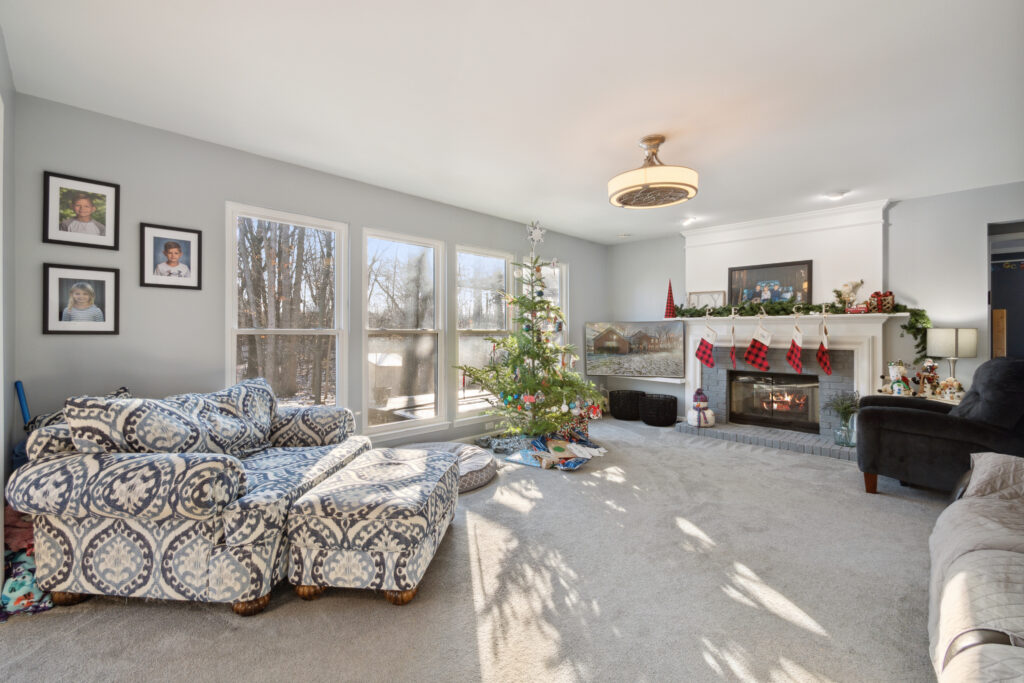
When it comes to shooting real estate photos, weather conditions can have a significant impact on the outcome of your images. Different weather conditions can create unique atmospheres and evoke different emotions, allowing you to showcase a property in various ways.
On a sunny day, take advantage of the clear skies and bright natural light to capture vibrant and crisp images. The sunlight can illuminate the exterior of the property, showcasing its architecture and landscaping. The blue sky can add a sense of freshness and openness to the photos.
Cloudy or overcast days can provide a soft and diffused light, which can be perfect for highlighting the interior of a property. The lack of direct sunlight eliminates harsh shadows, creating an even and balanced lighting across the space. This can make rooms appear more spacious and inviting.
Rainy days can add a moody and dramatic atmosphere to your real estate photos. The wet surfaces can create interesting reflections, adding depth and texture to your images. You can capture the property with raindrops on windows or puddles on the ground for a unique and creative effect.
Snowy days can transform a property into a winter wonderland. The white blanket of snow can make the property look cozy and picturesque. Capture the warmth and comfort of the interior against the crisp white background to create visually stunning images.
No matter the weather conditions, always adapt and find creative ways to make the most of the available natural light. Each weather condition can offer unique opportunities to showcase the property’s charm and appeal. So, don’t let the weather deter you from capturing breathtaking real estate photos.
Techniques for Manipulating Natural Light for Better Photos
Now that you understand the importance of natural light and have considered the factors that can impact your real estate photos, let’s dive into some techniques for manipulating natural light to create even better images.
One technique is to use reflectors to bounce light into the desired areas. Reflectors can be as simple as a white poster board or a professional photography reflector. By placing the reflector opposite the light source, you can fill shadowed areas and balance exposure.
Another technique is to use diffusers to soften harsh light. Diffusers can be translucent fabric or even a sheer curtain. By placing the diffuser between the light source and your subject, you can soften the intensity of the light, reducing harsh shadows and creating a more flattering look.
Additionally, you can manipulate natural light by adjusting the position and angle of your subject. By moving your subject closer or farther from the light source, you can control light intensity and direction. Experimenting with different angles can also create interesting shadows and highlights, adding depth and dimension to your photos.
Don’t be afraid to get creative and think outside the box when manipulating natural light. Sometimes the most stunning photos are the result of taking risks and trying something new. With practice and experimentation, you can master the art of manipulating natural light and create truly captivating real estate photos.
Common Mistakes to Avoid When Shooting with Natural Light
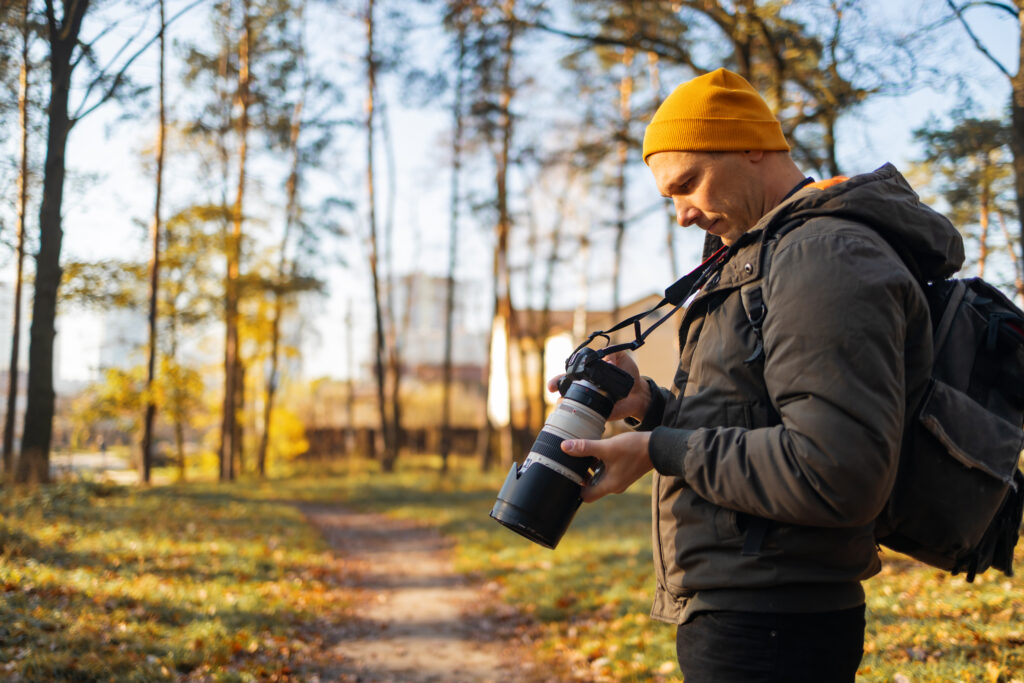
When it comes to shooting real estate photos, working with natural light can be both a blessing and a challenge.
While natural light can create stunning results, there are also common mistakes that photographers should avoid. One mistake is shooting during the wrong time of day. The harsh midday sun can create unflattering shadows and blown-out highlights. Instead, aim to shoot during the golden hour or when the sun is lower in the sky for a softer and more flattering light.
Another mistake is not paying attention to the direction of light. Backlighting, where the light source is behind the subject, can result in underexposed images. It’s important to position yourself and your subject in a way that allows for even lighting and avoids unwanted shadows.
Using incorrect camera settings is another common mistake. This includes not adjusting the exposure, white balance, or ISO appropriately for the lighting conditions. It’s important to consistently check and adjust your camera settings to ensure properly exposed and color-accurate photos.
Lastly, forgetting to utilize tools like reflectors and diffusers can also be a mistake. Reflectors can bounce light into shadowed areas, while diffusers can soften harsh light. These tools can help you manipulate natural light and achieve more balanced and flattering results.
Ready to sell your property? Give us a call today and learn more about our professional photography services that can boost your property listing!
Plus, explore our virtual assistant coaching program to level up your business. Don’t forget to tune into our new podcast for even more valuable insights!
